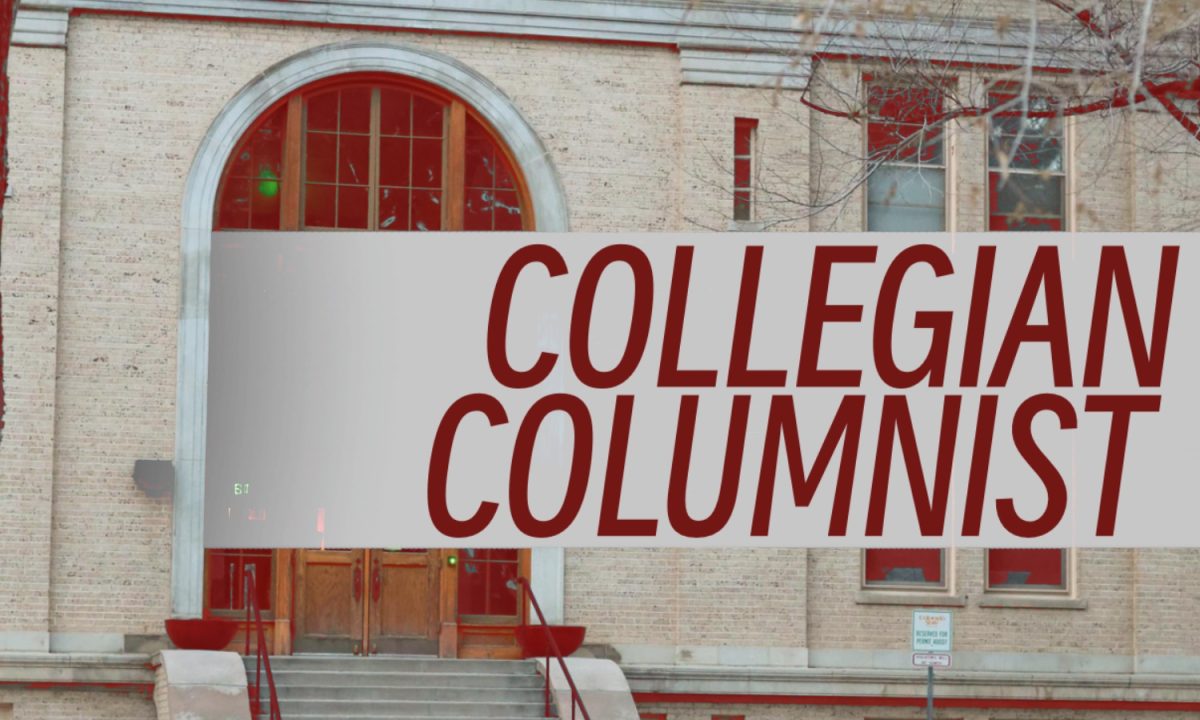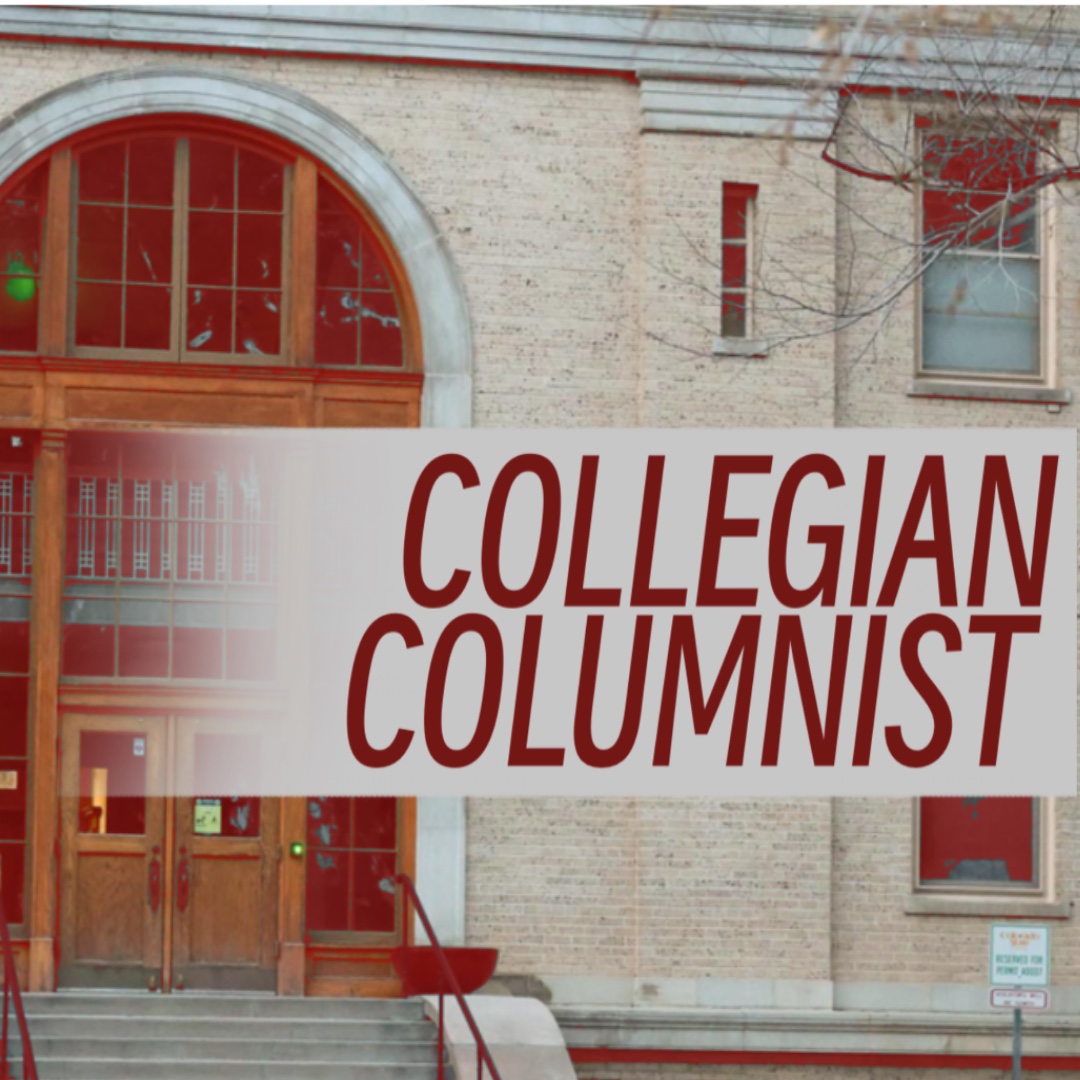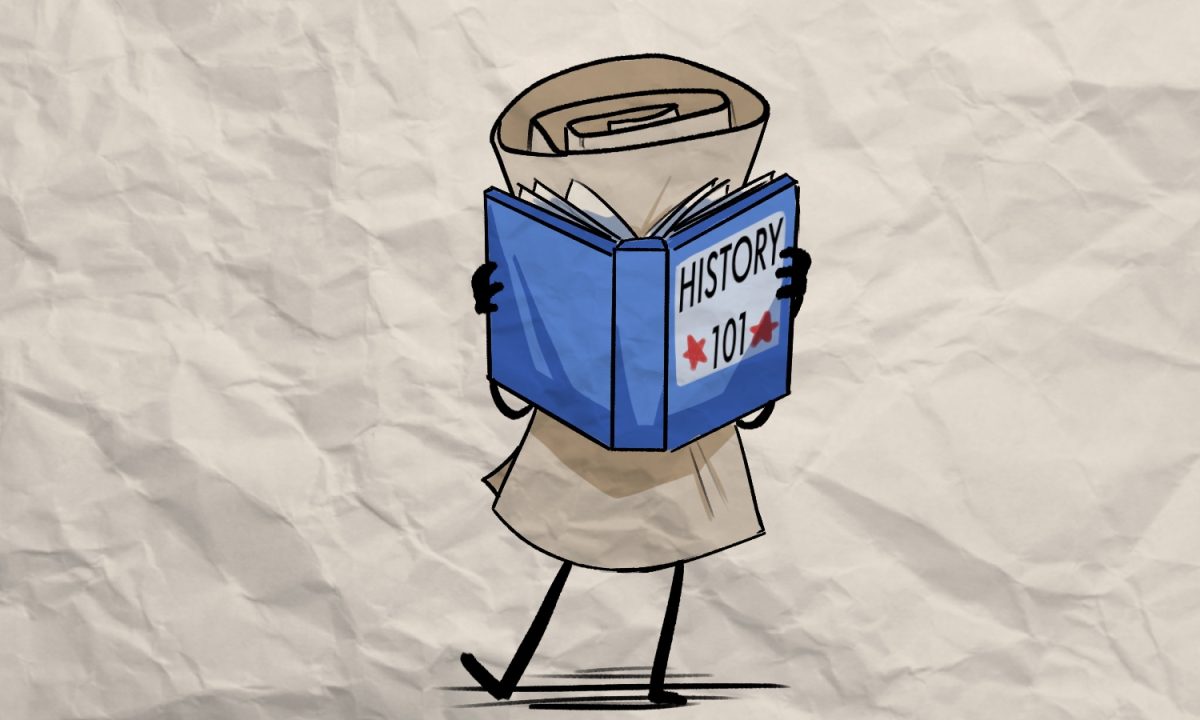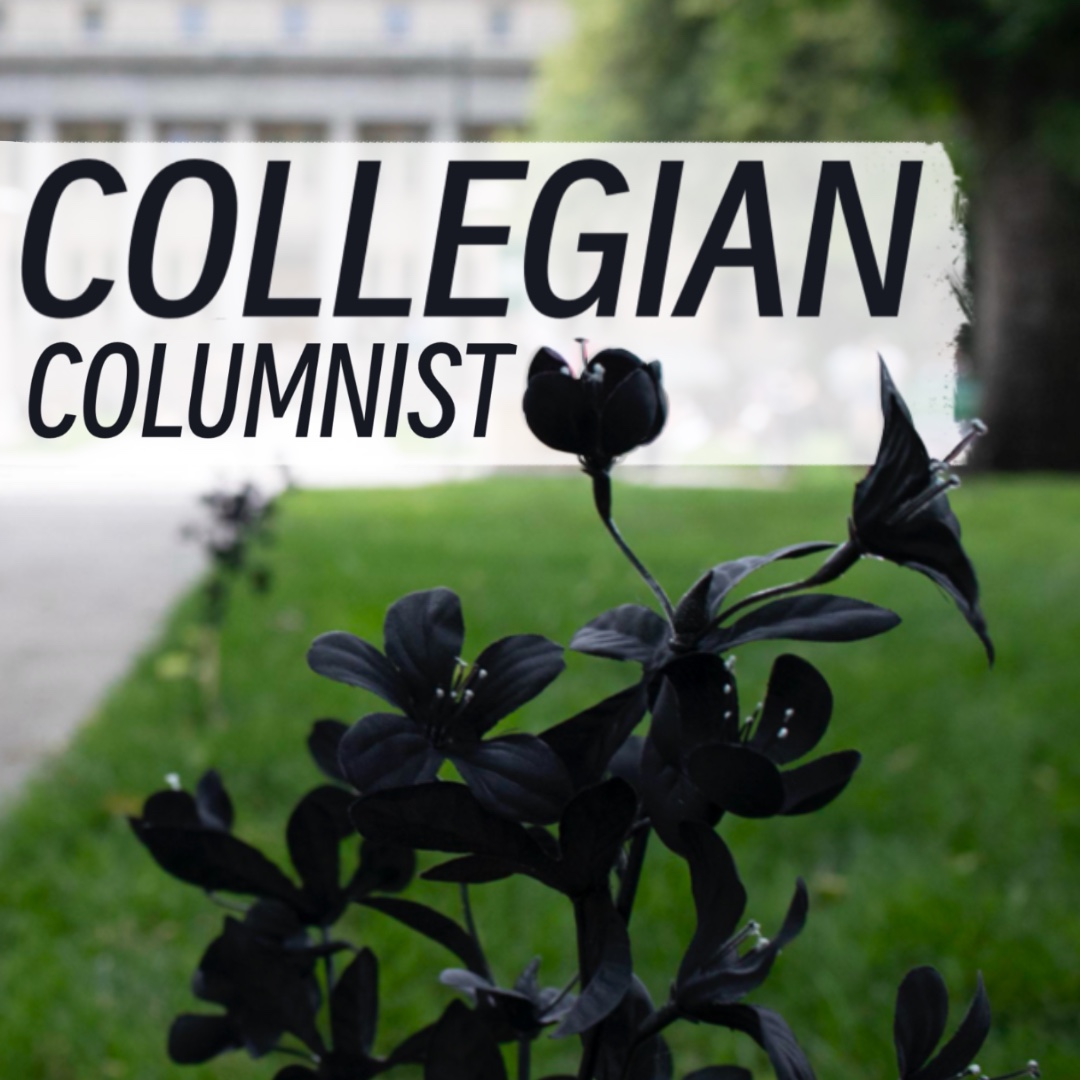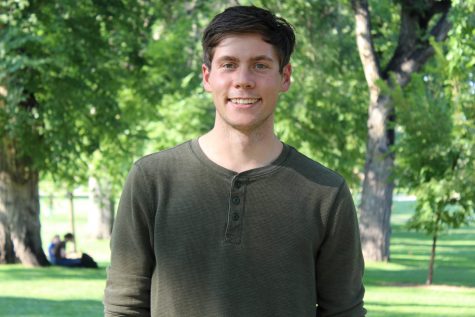
Editor’s Note: All opinion section content reflects the views of the individual author only and does not represent a stance taken by The Collegian or its editorial board.
Too often we hear about climate change as an obstacle or an impending cataclysm. It’s almost always discussed in a political or economic context, but policy initiatives and energy transitions are only part of the new future defined by climate adaptation. The world of art and creative culture needs to be part of this adaptation as well.
Rather than an “existential threat,” climate change can be an unprecedented opportunity for all the varied outlets of creative imagination. It offers artists an opportunity to explore and reevaluate the fundamental meanings and functions of literature, visual arts, music, film and so much more. Anyone with a creative impulse at Colorado State University should see climate adaptation in all its dimensions as an exciting chance for artistic expansion, collaboration and transformation.
I’d like to distinguish the type of art I’m talking about. Some art is used for advocacy and protest; other art uses the issues of the time to steer itself in a new, unexplored creative direction. The first type doesn’t seem effective. Climate change is already a top priority of the Joe Biden administration, so simply raising more awareness around it might sound more like propaganda than art and thus turn people away from it. What I have in mind is something close to a revolution in the essential forms and methods of our creativity, something that seizes our present moment for the inflection point that it is.
In white American society, though, the historical default has been to see the natural world as a passive background that lacks its own agency, to be used or managed for the benefit of our own societies.”
Students may or may not be familiar with the term Anthropocene, which basically describes the time in Earth’s history during which humans have made a lasting impact on the planet’s landscape, biodiversity and climate. Although it’s an imperfect term, the Anthropocene represents a broad awareness of this present moment as a critical turning point in the history of our species.
Even here at CSU, researchers like Patrick Keys with the School of Global Environmental Sustainability have used the Anthropocene to call for new approaches in how we understand the world and our role in shaping it. While the concept has taken off in fields of science and research, areas of creative culture have yet to fully grasp the opportunities that this awareness allows.
My time at CSU has exposed me to ideas that actively change the way I understand the physical world and my place in it and thus have profoundly affected my own creative endeavors. One such idea was the concept of traditional ecological knowledge.
“One important aspect of TEK is that it actively incorporates ethical and metaphysical considerations into its interactions with the natural world,” Native American Science Curriculum wrote.
In other words, humans’ relationship with the natural world and all of its landscapes and inhabitants is ethically conceived as a true relationship in which the health of all members is prioritized, not just ours. In white American society, though, the historical default has been to see the natural world as a passive background that lacks its own agency to be used or managed for the benefit of our own societies.
This understanding of our natural surroundings makes it easy for our art to focus too much on ourselves. In his 2016 book “The Great Derangement,” Amitav Ghosh wrote that “human consciousness, agency and identity (have come) to be placed at the center of every kind of aesthetic enterprise.”
The tendency to emphasize human elements, conflicts and perspectives at the expense of the nonhuman inhibits truly expansive and transformative evolution in our creative endeavors.
Earth is simultaneously the place that gives our story meaning and an essential agent with its own role to play within that story.”
In my own fields of study — literature and creative writing — there’s plenty of room to expand beyond the current human focus. Throughout the courses and workshops I’ve taken at CSU, elements of writing like setting and environment received far less attention and critical engagement than elements like characterization, character development, plot movement and so on.
This isn’t to demean CSU’s creative writing programs; it’s to point out that we have so much possibility for evolution. The Anthropocene and fields of study like TEK show us that previously taken-for-granted concepts like narrative point of view, protagonist, audience and setting are ripe for experimentation.
We have to understand that our planet is a living, breathing system that responds to our actions. Earth is simultaneously the place that gives our story meaning and an essential agent with its own role to play within that story.
I hope that CSU’s creative students of all kinds can find inspiration in our University’s Land Acknowledgment. By acknowledging this place’s Indigenous history, the statement actively connects all of us to a story that is just as much about landscapes as it is about peoples. It reminds us that this place and all of its inhabitants are what give our presence meaning. This understanding between us and our environment can be the catalyst for so many exciting avenues of creativity.
Cody Cooke can be reached at letters@collegian.com or on Twitter @CodyCooke17.




